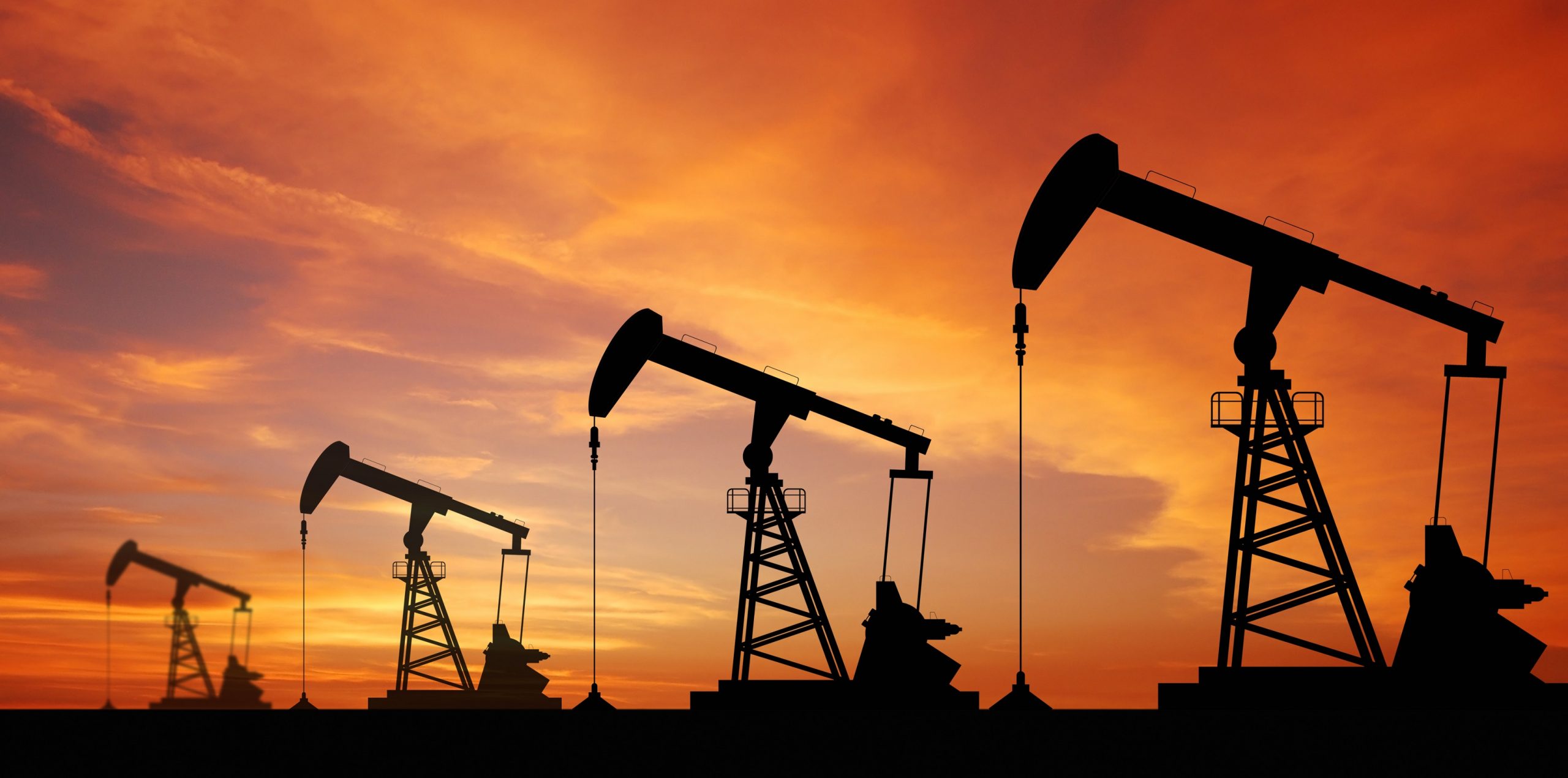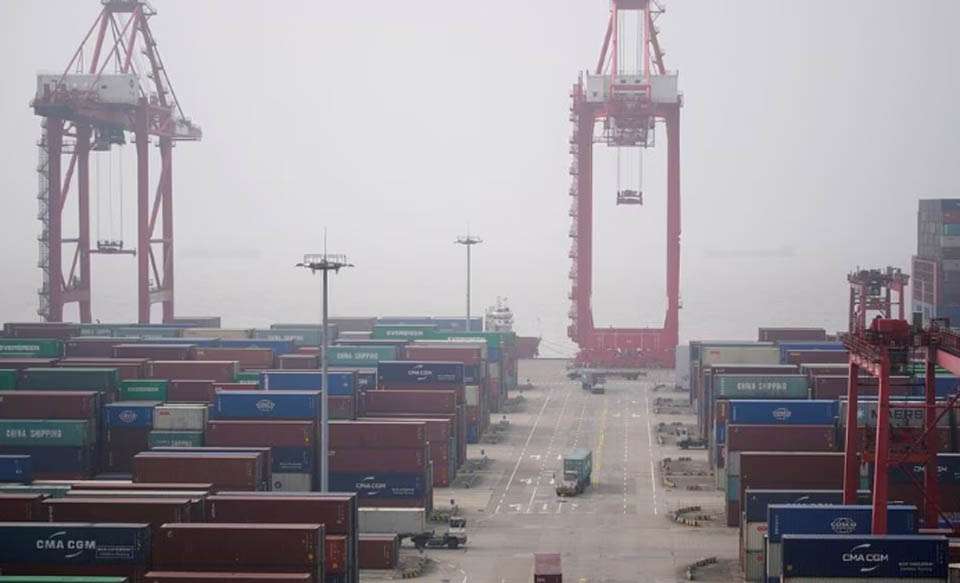
Saudi Arabia, the world’s third-highest crude oil and condensate producer, is a key member of OPEC+. In October 2022, the country agreed to crude oil production cuts to balance the global oil market and hedge against the downside risks of decreased oil demand. In May 2023, Saudi Arabia and several OPEC+ members further reduced crude oil production and extended cuts through 2024. Saudi Arabia voluntarily decreased oil production by an additional 1 million barrels per day (b/d) from July 2023 through December 2023, with possible extensions depending on the oil market status.
Saudi Arabia’s Vision 2030 supports renewable energy and nonassociated natural gas development throughout the country, aiming to decrease oil- and associated natural gas-fired electricity generation in favour of renewable-sourced generation.
Saudi Aramco plans to start production of Jafurah, the largest unconventional natural gas field in Saudi Arabia, by 2025, with renewable energy accounting for 50% of electricity generation by 2030. Saudi Arabia’s total liquid fuels production increased by 12% in 2022, driven by a reversal of OPEC+ production cuts since 2020. Saudi Aramco plans to increase its maximum sustainable capacity for crude oil production by an estimated 1 million b/d, from 12 million b/d in 2022 to 13 million b/d by 2027.
Saudi Arabia consumed 3.6 million b/d in total liquid fuels in 2022, making it the largest per capita oil consumer globally. Oil refining in Saudi Arabia occurs domestically and internationally through refineries owned by Saudi Aramco. In 2020, Saudi Aramco reported domestic production of refined oil products at 1.6 million b/d, with a capacity of 2.9 million b/d. The Jazan Refinery Complex opened in 2021, increasing domestic capacity by an additional 400,000 b/d.
Saudi Arabia combines its natural gas consumption with domestic production, avoiding the need for imports. Natural gas production and consumption increased by 2%, from 4.0 trillion cubic feet (Tcf) in 2020 to 4.1 trillion cubic feet (Tcf) in 2021. Saudi Aramco expects domestic demand for natural gas to grow 3.7% per year from 2021 to 2030 due to increased demand for natural gas-fired power generation. Associated natural gas production in Saudi Arabia changes alongside crude oil production increases or decreases, accounting for 52% of total natural gas production in 2022. The World Bank ranks Saudi Arabia as the 13th-largest natural gas flaring country in 2022, with nonassociated natural gas accounting for 48% of total production, a rise from 22% in 2012 to 48% in 2022.
Saudi Arabia’s Jafurah natural gas field, located east of Ghawar, holds 200 trillion cubic feet of estimated reserves. The field is under development and is expected to begin nonassociated natural gas production in 2025, providing 2.0 billion cubic feet of natural gas by 2030. Saudi Arabia aims to export natural gas as part of Vision 2030, with Jadwa Investments estimating that average year-over-year increases in production must exceed 6.6% between 2020 and 2029. In 2022, Saudi Arabia generated an estimated 374 terawatt hours of electricity, with 67% coming from natural gas, 33% from oil, and less than 1% from renewables. Oil-fired power generation increased by 9% yearly due to increased demand during the summer months.
Doosan Enerbility and Korea Electric Power Corporation are constructing the Jafurah Cogeneration Plant, which is scheduled to come online in 2025. The plant’s 320-megawatt production capacity will supply power to the Jafurah natural gas field, which will provide natural gas for domestic electric power generation, water desalination, and steel production throughout Saudi Arabia.
Saudi Arabia’s water desalination sector accounted for 6% of electricity consumption in 2020, with production doubling from 1.1 billion cubic meters in 2010 to 2.2 billion in 2021. The Saline Water Conversion Corporation (SWCC) is upgrading multiple desalination plants to reduce energy consumption by 2024, accounting for 94% of Saudi Arabia’s desalinated water production. Renewable energy sources accounted for less than 1% of electricity generation from 2018 to 2022.
The Saudi National Renewable Energy Program (NREP) aims to increase this share to 50% by 2030 through solar and wind projects. 13 NREP projects are underway in 2020, with 13 projects. Major projects include the Dumat Al Jandal wind farm, the Sakaka solar project, and the Rabigh solar project in Makkah Province. The ACWA Power and Water and Electricity Holding Company signed agreements for Al-Shuaiba 2, the largest capacity of any single-site solar power plant in the world. Saudi Arabia exported 7.3 million b/d of crude oil in 2022, a 13% increase from 6.5 million b/d in 2021, accounting for 34% of all 2022 exports from OPEC members. Asia was Saudi Arabia’s primary export market for crude oil and condensate, receiving 79% of total exports in 2022.
China is Saudi Arabia’s top crude oil importer, accounting for 25% of exports. In the first half of 2023, Saudi Arabia imported 257,000 b/d of fuel oil, a 51% increase from 171,000 b/d in 2022, driven by increased imports from Russia. These imports initially increased in the summer of 2022 to meet power generation demand but began to significantly higher in February 2023 due to discounted prices for fuel oil from Russia.






